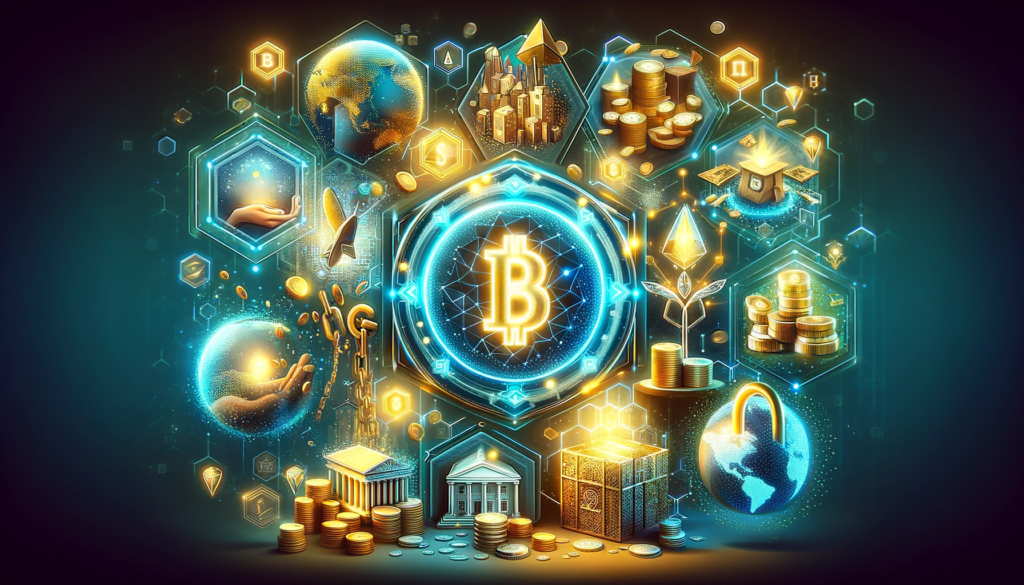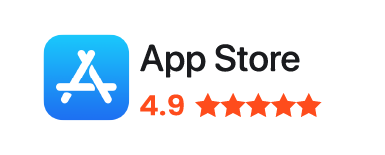RWA Crypto, In the dynamic world of cryptocurrency, Real-World Assets (RWA) are emerging as a groundbreaking fusion of tangible assets and cutting-edge blockchain technology. This article delves into how RWAs are reshaping investment strategies and democratizing access to high-value assets.
Understanding Real-World Assets (RWA) in Crypto
RWAs in cryptocurrency refer to the innovative concept of digitizing tangible assets, such as art, real estate, and commodities, making them accessible and tradable on the blockchain. This process, known as tokenization, revolutionizes the traditional investment landscape by enabling assets to be owned and traded as digital tokens.
The Tokenization Process
The heart of this phenomenon lies in tokenization. It’s a process where we link tangible assets to a blockchain, transforming them into digital tokens. This process doesn’t just lower costs by eliminating middlemen, it also enables round-the-clock trading and injects more liquidity into the market. The beauty of this system lies in its transparency, boosting trust among investors.
Tokenization transforms the ownership of real-world assets into digital tokens on a blockchain. This process offers numerous advantages:
- Cost Reduction: By eliminating intermediaries like brokers and banks, tokenization significantly lowers transaction costs.
- Increased Liquidity: Tokenization makes traditionally illiquid assets more accessible, enabling efficient 24/7 trading.
- Enhanced Transparency: The blockchain’s transparent nature increases trust and accountability among traders.
For a deeper understanding of this process, explore comprehensive resources at CoinDesk.
Impact on Investors and Markets
Tokenization democratizes investments in high-value assets, making them accessible to a broader range of investors. It particularly benefits smaller investors who might be priced out of traditional markets. Stablecoins, such as Tether (USDT) and USDC, are prime examples of RWAs in action, representing tokenized fiat currencies that enable faster and direct settlements between parties.
Case Studies and Market Growth of RWA Crypto
Let’s take the example of Freeport’s tokenization of Andy Warhol’s art. It’s a prime illustration of how RWA tokenization is gaining traction. The market outlook is equally promising, with predictions suggesting that the tokenized asset market could soar to $16 trillion by 2030.
RWA Crypto Address Several Key Problems:
- Accessibility: RWA crypto further democratizes access to high-value assets like real estate, art, and gold, breaking down traditional barriers and enabling a broader range of individuals to participate in these lucrative investment opportunities.
- Liquidity: They provide liquidity to assets that are typically illiquid, allowing for easier and quicker buying and selling.
- Diversification: RWAs offer an opportunity for investors to diversify their portfolio beyond traditional stocks and digital assets, with the emerging potential of RWA crypto enhancing the range of investment possibilities.
- Reduced Costs and Efficiency: By tokenizing assets on the blockchain, RWA Crypto reduces the need for intermediaries, lowering transaction costs and increasing efficiency.
- Transparency and Security: Blockchain technology enhances the transparency and security of transactions, fostering trust among investors.
In essence, RWAs bring the benefits of blockchain technology to tangible assets, making them more accessible, liquid, and secure for a broader range of investors.
Read More: Start Passive Income in Crypto | Free Crypto Signals for Maximum Profit
The cryptocurrency market has a variety of tokens categorized as RWAs. Some of the notable tokens include Chainlink (LINK), Avalanche (AVAX), Internet Computer (ICP), Maker (MKR), and Synthetix (SNX). These tokens are making significant strides in integrating RWAs into the crypto ecosystem.
- Chainlink (LINK): Valued at $15.53, with a market cap of $8.65 billion.
- Avalanche (AVAX): Priced at $22.76, holding a market cap of $8.31 billion.
- Internet Computer (ICP): With a value of $5.03 and a market cap of $2.26 billion.
- Maker (MKR): At $1,471.48 and a market cap of $1.35 billion.
- Synthetix (SNX): Priced at $3.66, with a market cap of $1.1 billion.
Additional notable RWA tokens include Centrifuge (CFG), Ribbon Finance (RBN), Polymesh (POLYX), Reserve Rights (RSR), and Polymath (POLY), each contributing uniquely to the RWA sector in cryptocurrency. Discover the full list and their market impact on CoinMarketCap.
Challenges and Future Outlook
Despite its transformative potential, RWA crypto tokenization faces regulatory and technical challenges. The crypto industry is actively working to address these issues, paving the way for a more integrated and efficient future for RWAs.
Conclusion
The tokenization of Real-World Assets is a significant milestone in the evolution of the cryptocurrency and traditional investment markets. As this trend continues to gain momentum, it presents exciting opportunities for investors and traders. To stay updated with the latest developments and to explore the dynamic world of cryptocurrency trading, visit All In One Crypto App. This platform provides comprehensive insights, tools, and resources to navigate the ever-evolving landscape of cryptocurrency investments effectively.








